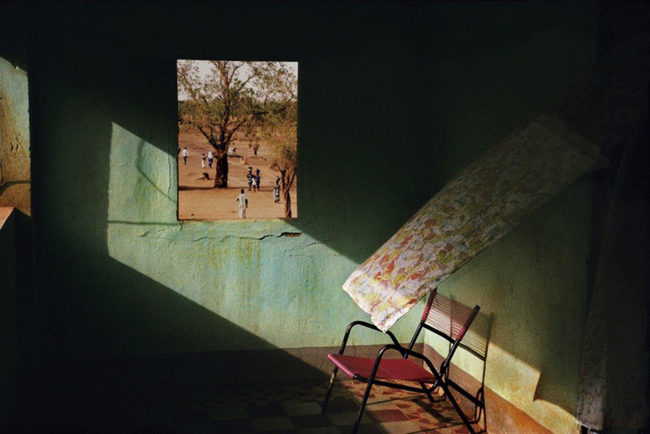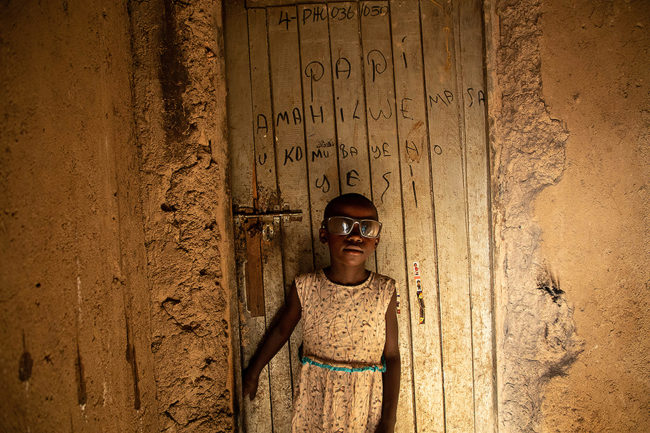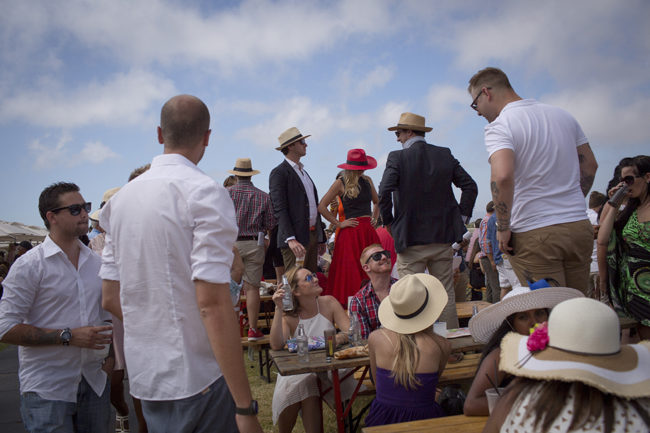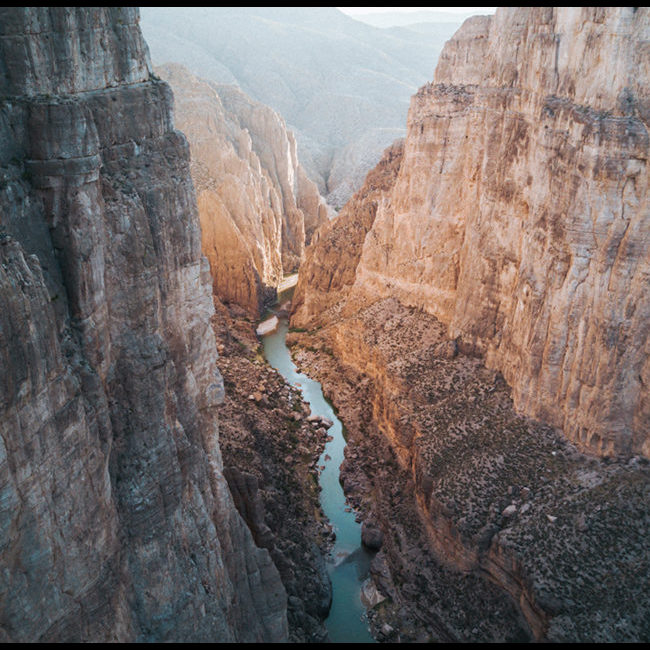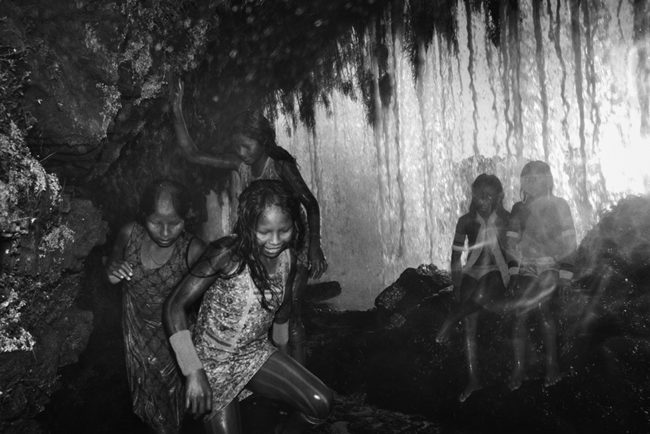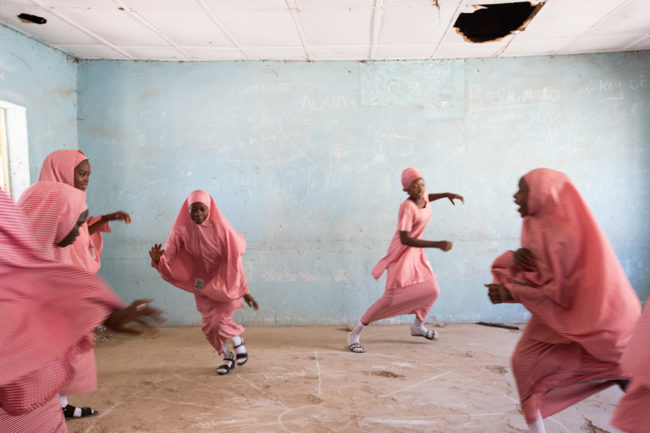The idea of Australia existed in Western minds long before the continent was reached by Europeans—no less than Aristotle declared that there must be an equivalent land mass to Europe in the south. “Terra Australis,” Latin for South Land, was the name for this mythic place that appeared on ancient maps. It is also the title of a group show examining Australian identity through a European lens, on view at Jarvis Dooney (formerly Galerie Pavlova) in Berlin through December 18. Using frames of reference ranging from 19th century German Romanticism to Mad Max movies, the show includes diverse perspectives on the country.
For her series “En Plain Air,” Siri Hayes references Caspar David Friedrich’s sublime landscape paintings, staging photographs in rural Gippsland’s La Trobe Valley using students and locals she met on a residency there. “Meanings and metaphors pile up in these photographs, which reiterate a myriad of European landscape traditions along with Australia’s own history of representation after colonization,” writes Kyla McFarlane about the work. “They provoke smiles of recognition of an art historical roll-call of artists and pictorial conventions—Poussin’s ordered stage, Buvelot’s borrowed passage in time, the green-grey poetry of late Corot and Nolan’s modernist planes.”
German-born, Melbourne-based photographer Katrin Koenning’s series “A country big enough to disappear in” explores rural Australia, finding surprising moments in the human and natural landscape from the perspective of an outsider. “I sometimes get told ‘You have a very German eye,'” Koenning writes in a statement. “What does that mean? I never get an answer… Rather than feeling an unauthorized storyteller, I consider this a space of privilege—close, but ever so slightly removed.”
Looking at Australian identity through its stereotypes and history, Brendan Lee’s “Anthology” examines Mel Gibson’s beloved ur movie Max Max, photographing props and locations he found through its fan clubs and diehard fans. “Most of the works…reference the original Mad Max (1979) in content and the dustbowl imagery of Walker Evans in composition,” writes Lee. “To source the locations, I followed old maps to the end of a road, joined Mad Max fan club re-enactments and travelled with Ford car clubs on their touring journeys of rural Australia.” He continues, “The greater the distance we have from the films of 1970s Australia, the larger the association with the romantic notions of the outlaw as hero and the unknown territory beyond the suburbs.”
Vivian Cooper Smith’s series “We’ll make it last forever” is a darkly romantic gesture—his photographs show the mundane exteriors of suburban Australian homes, fronted by flowering rose bushes, but then crumbled and then rephotographed. “My images are mostly made from broken, damaged or temporal things,” Smith has said in an interview. “I like to think they carry something bittersweet or melancholic in spite of their overt prettiness,” As Jarvis Dooney writes in a statement, Smith’s images “distort both our perception of photography and the idealized vision of life in the Australian suburbs.” “Terra Australis” attempts to do the same with the whole country.
Related Stories:
Head On Photography Festival is Proudly Inclusive

